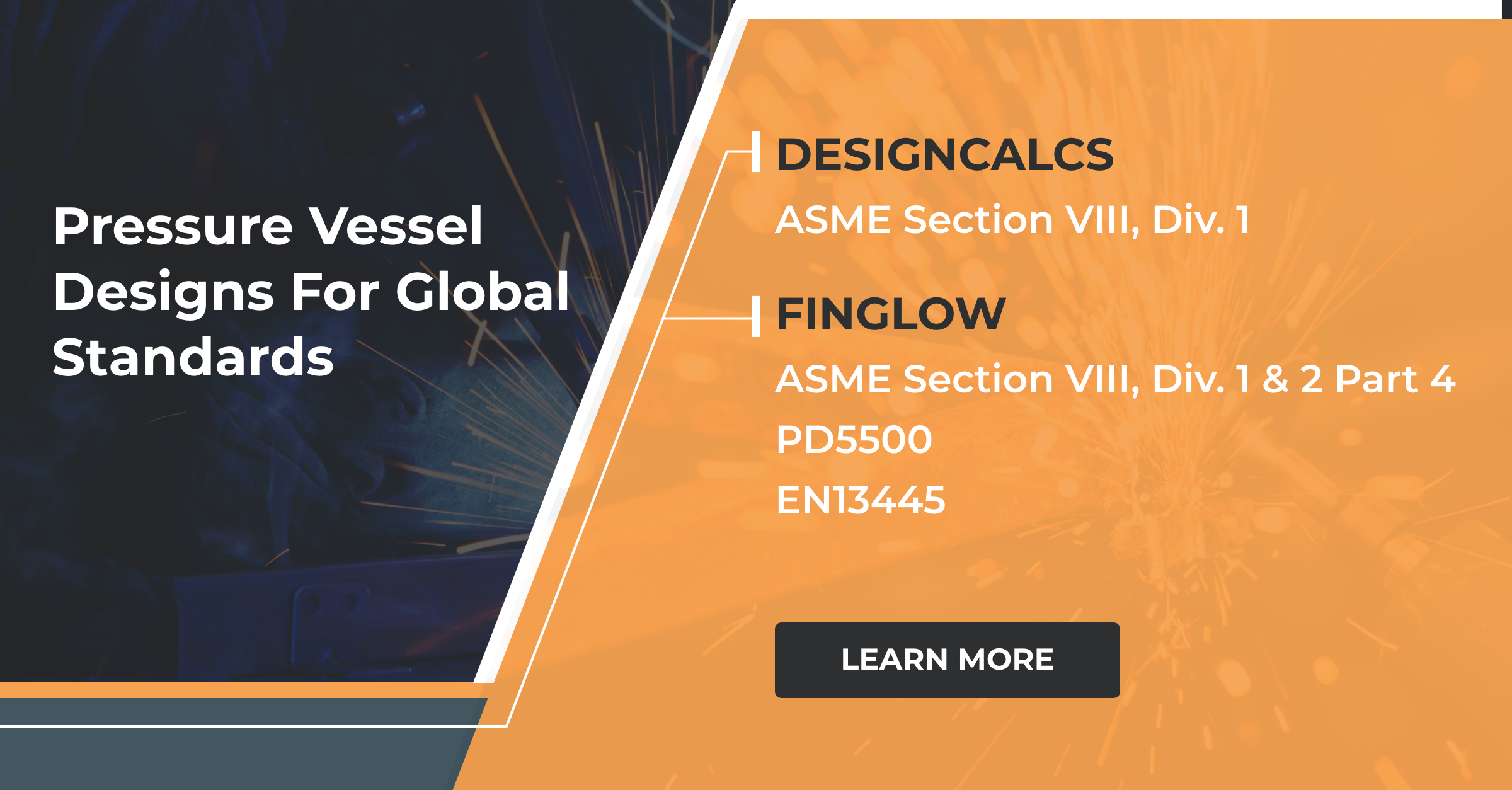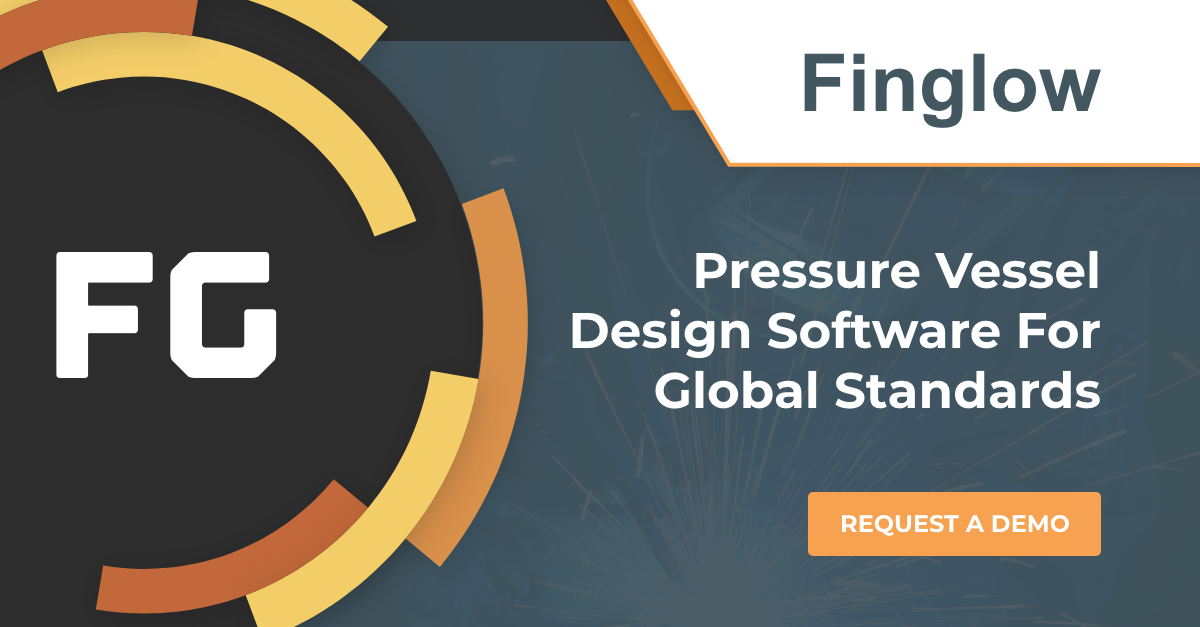The ASME Reshape Initiative simplifies a key set of technical standards. This multi-year effort promises to clarify the existing ASME code and make it more usable, accessible, and aligned with current engineering practices. For professionals involved in designing and implementing technical systems, these updates offer a valuable opportunity and a big change in how standards are applied and understood.

CEI and PRG Involvement in ASME BPV Codes & Standards
CEI and Paulin Research Group (PRG) have maintained long-standing involvement in the development of ASME BPV codes and standards. This includes participation in code committees, research initiatives, and technical doc reviews spanning several decades and involving both current and former members.
To name a few, key areas of involvement include:
-
Section VIII, Division 2: Rewrite review on the comprehensive revision of design rules.
-
Research Projects: Contributions to research conferences supporting the technical basis for code changes and new methodologies.
-
PTB-3 & PTB-4 Review: Participation in the review of ASME Boiler and Pressure Vessel Code Branch Technical Positions (PTBs) offering practical guidance and background on the code.
Current and former CEI and PRG engineers have regularly attended ASME meetings, provided input on proposals, and participated in industry-building efforts that continue to shape code development.
Why Reshape ASME Section VIII?
ASME Section VIII, especially Division 1, has been seen as detailed and complex, often relying on legacy methodologies. The Reshape Project is a strategic initiative to modernize this section of the BPV code by:
-
Leveraging Volunteer Time Efficiently: An easier to use code, with common sections not repeated, makes ASME volunteer time more effective--working on adopting new technology more than working on editing code pages.
-
Improving Usability: Making the code clearer, better organized, and easier to navigate for engineers and designers.
-
Streamlining Design Rules: Organizing common design methodologies into Division 2. Division 1 now points the user to Division 2 in these instances.
A Multi-Year Transformation: The Evolution of ASME Section VIII
Since mid-2022, the ASME Reshape Project has advanced at a steady pace, with significant enhancements occurring over multiple code cycles. Such improvements are the outcomes of collaboration among industry representatives and specialists to revise and reorganize the ASME Section VIII code at quarterly ASME Code Committee meetings.
2022: Foundation of the Reshape Initiative
The groundwork for the ASME Section VIII Reshape Project began in August 2022, with key participation from industry representatives at various Section VIII committee meetings. This initial phase focused on the conceptual shift toward consolidating design rules into Division 2, with a vision for an efficient, modern code structure.
Development Efforts During 2022 Included:
-
Design methods for tubesheets and thin-walled expansion joints were identified as prime candidates for the reshape effort.
-
The design methodology for tubesheets in UHX (S8D1) was essentially identical to the method in 4.18 (S8D2). Likewise, the thin-walled EJ method in Appendix 26 was the same as 4.19.
-
Prepping for the 2023 edition of the BPVC code, drafts were put together to remove these two common design methods from D1 and point to them in D2.
-
This was the first test of this new initiative.
2023 and 2024: Initial Reshape Efforts are Published
-
The 2023 code published the first efforts of the reshape initiative, with common tubesheet and thin-walled bellows design methods only showing in Division 2, with Division 1 pointing to them.
-
The codes and standards volunteers expanded the efforts in like fashion to other common design methods, preparing for the 2025 edition of the code.
-
Revision of Mandatory Appendices 2, 5, 9, 13, 14, and 24, relocating design rules to Division 2 under the reshaped code framework (see table below for design rule relocations).
Appendix Relocation Mapping
|
Mandatory Appendix |
Design Rule Relocated to Section |
| Appendix 2 | Section 4.16 |
| Appendix 5 | Section 4.20 |
| Appendix 9 | Section 4.11 |
| Appendix 13 | Section 4.12 |
| Appendix 14 | Section 4.6.4 |
| Appendix 24 | Section 4.17 |
2025: Reshape Phase 1 Complete, Phase 2 Underway
2025 marked a milestone for the ASME Reshape Project with Phase 1 completed and Phase 2 underway, bringing structural and procedural changes that will impact the code for years to come. So far, formal redirection of Division 2 for nearly all of the common design rules has been underway.
Phase 2 represents a transition from preserving legacy rules to analysis-based, forward-thinking design, which opens the door to the 2027 code cycle.
What the Reshape Initiative Means for Engineering Professionals
Quality control and design engineering professionals may experience some impact in their implementation workflows. Here’s what to know:
Simplified Navigation
Expect a more streamlined code structure, reducing interpretation time and increasing efficiency.
Division 2 Becomes Central
The transition of design material to Division 2 requires engineers to be familiar with using this system, which focuses on design-by-analysis rather than empirical rules.
The structure of Section VIII is becoming clearer, and Division 2 now plays a more consistent role in design application.
As Section VIII is restructured to centralize common design rules in Division 2, engineers may see changes in how design requirements are accessed and applied. Tools like DesignCalcs and Finglow and NozzlePRO and FEPipe, are commonly used to support pressure equipment design in accordance with the applicable code sections. They support workflows grounded in the same standards shaped through CEI and PRG’s long-term involvement with ASME.
To see the latest code updates roll out in our suite of software solutions, connect with a representative here.
Previous ASME BPVC Code Committee Insight Blogs




Leave a Comment